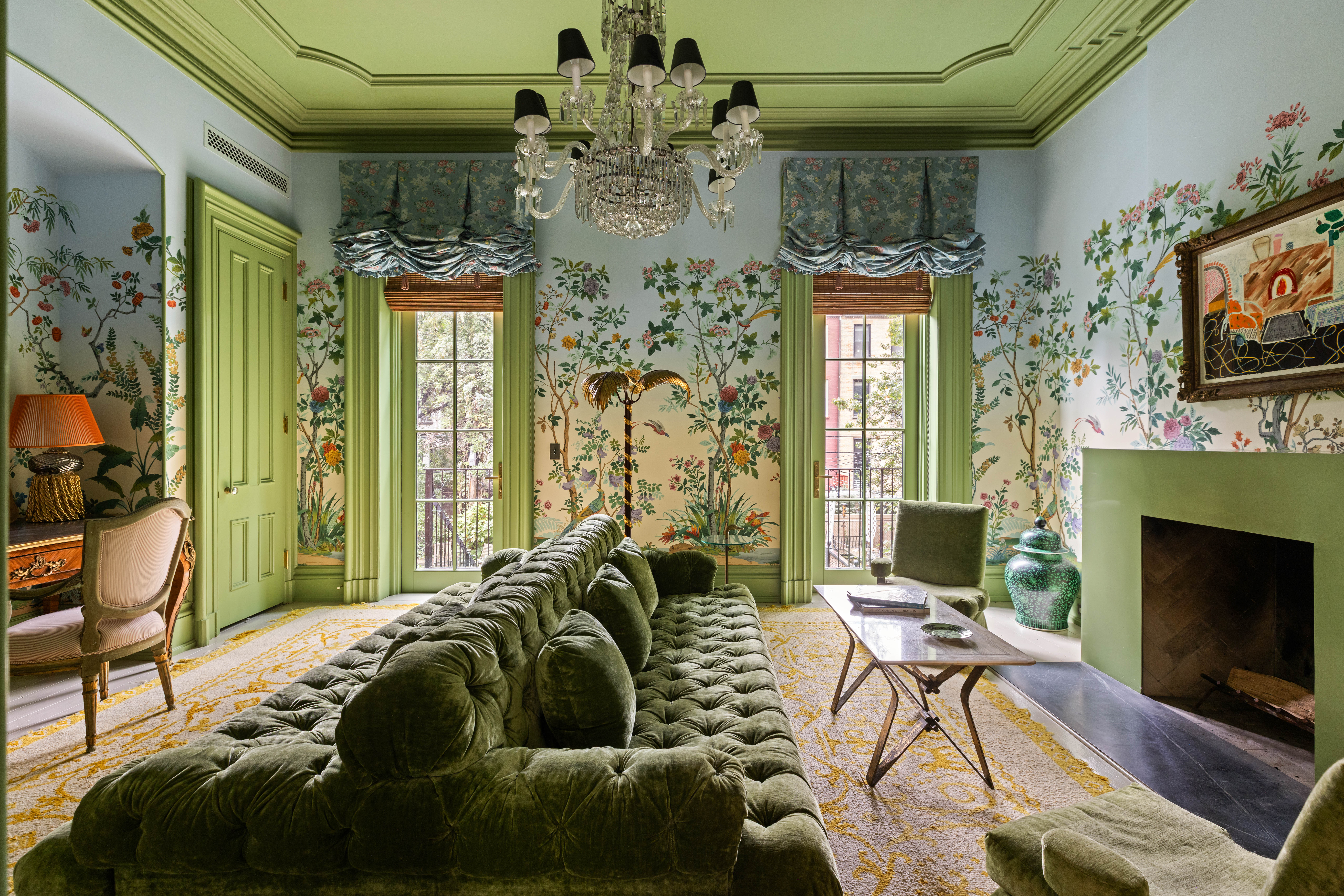Palace swans webcame
A new webcam showing nesting swans in Somerset has proved a big hit with internet users

A new webcam showing nesting swans at Bishop's Palace in Wells, Somerset, has received more than 67,000 hits in the past week.
The 'swancam' captures the activities of the resident swan pair and their recently hatched eight cygnets.
Mother Avalon, a wild swan, gives her babies piggyback rides on the moat, watched over by father Mendip, who was introduced to the palace after damaging his wing in the wild.
The swans have always been popular with tourists, and are famous for ringing the bell beside the gatehouse when they want to be fed.
A spokesman for the diocese of Bath and Wells said: 'The staff came up with the idea for the webcam, as the swans nested near to our office, out of public view.
'It's quite an event, as this is the first time in three years that swans have nested at the palace. The cygnets add to the magic of the place, and it’s a delight to watch them grow.'
The Somerset residence of the Bishop of Bath and Wells has been home to several swan pairs, including one which was a gift from The Queen in 2006 in honour of the palace's 800th birthday.
Exquisite houses, the beauty of Nature, and how to get the most from your life, straight to your inbox.
However, the swans flew away last summer, and are now thought to be nesting on the Somerset levels.
Country Life is unlike any other magazine: the only glossy weekly on the newsstand and the only magazine that has been guest-edited by His Majesty The King not once, but twice. It is a celebration of modern rural life and all its diverse joys and pleasures — that was first published in Queen Victoria's Diamond Jubilee year. Our eclectic mixture of witty and informative content — from the most up-to-date property news and commentary and a coveted glimpse inside some of the UK's best houses and gardens, to gardening, the arts and interior design, written by experts in their field — still cannot be found in print or online, anywhere else.
-
 The eclectic New York townhouse that Lily Allen sings about in her new, headline-making album is for sale
The eclectic New York townhouse that Lily Allen sings about in her new, headline-making album is for sale381, Union Street is on the market just days after the singer’s latest album details the alleged infidelity in her marriage.
-
 When did the Titanic sink and other questions. It's the Country Life Quiz of the Day, October 29, 2025
When did the Titanic sink and other questions. It's the Country Life Quiz of the Day, October 29, 2025Test your general knowledge in Wednesday's quiz.
